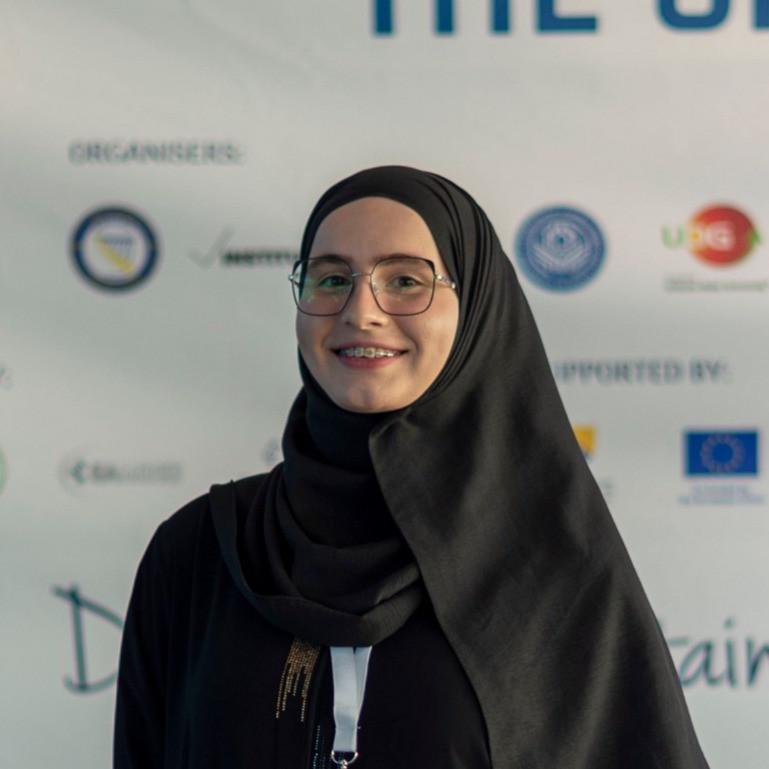
MSc student of Bioengineering, computational neuroengineering enthusiast and aspiring biomedical engineer
BSc in Genetics and Bioengineering (thesis revolving around Experimental Techniques in Molecular Biology). MSc student at the Department of Genetics and Bioengineering, at the International Burch University in Sarajevo, focused on biomedical engineering, neural rehabilitation techniques, and application of artificial intelligence in diagnostics. First international ambassador for the Italian Association "WeWomenEngineers", empowering and inspiring young engineers, scientists and women in STEM. An advanced, self-studying arachnologist with a particular interest in cognitive/behavioral and molecular studies involving spiders and over 4 years of experience, with a focus on tarantulas (family Theraphosidae). Freelance academic writer who won't charge you a ridiculous amount of money just to teach you how to adjust margins or present your paper, because knowledge is a necessity - not a luxury. Biased MATLAB user, so I'm basically an engineer *and* a nerd!
The progression of telecommunications, starting from the inception of 1G networks in 1979 to the advent of 5G technology in 2019, represents a significant journey of advancement for humanity. As we approach the era of 5G, characterized by heightened machine-to-machine connectivity and transformative applications in AI, IoT, and cloud computing, it becomes imperative to acknowledge and address concerns regarding its potential impacts on health and the environment. Utilizing machine learning algorithms, particularly implemented in Python for this research, provides a potent approach to analyzing intricate datasets concerning 5G signals and their potential correlations with healthcare outcomes. After carefully cleaning and preparing the data and conducting linear regression analysis, uncovered evidence backing the notion that 5G antennas emit greater levels of radiation compared to 4G antennas emerged - a fact often concealed by corporations. Despite relying on a restricted dataset, the results emphasize the necessity for more accurate data to improve model precision. Ongoing research endeavors are vital to alleviate public anxieties regarding 5G technology, thereby fostering trust and bolstering awareness on a wider front.
Ova stranica koristi kolačiće da bi vam pružila najbolje iskustvo
Saznaj više